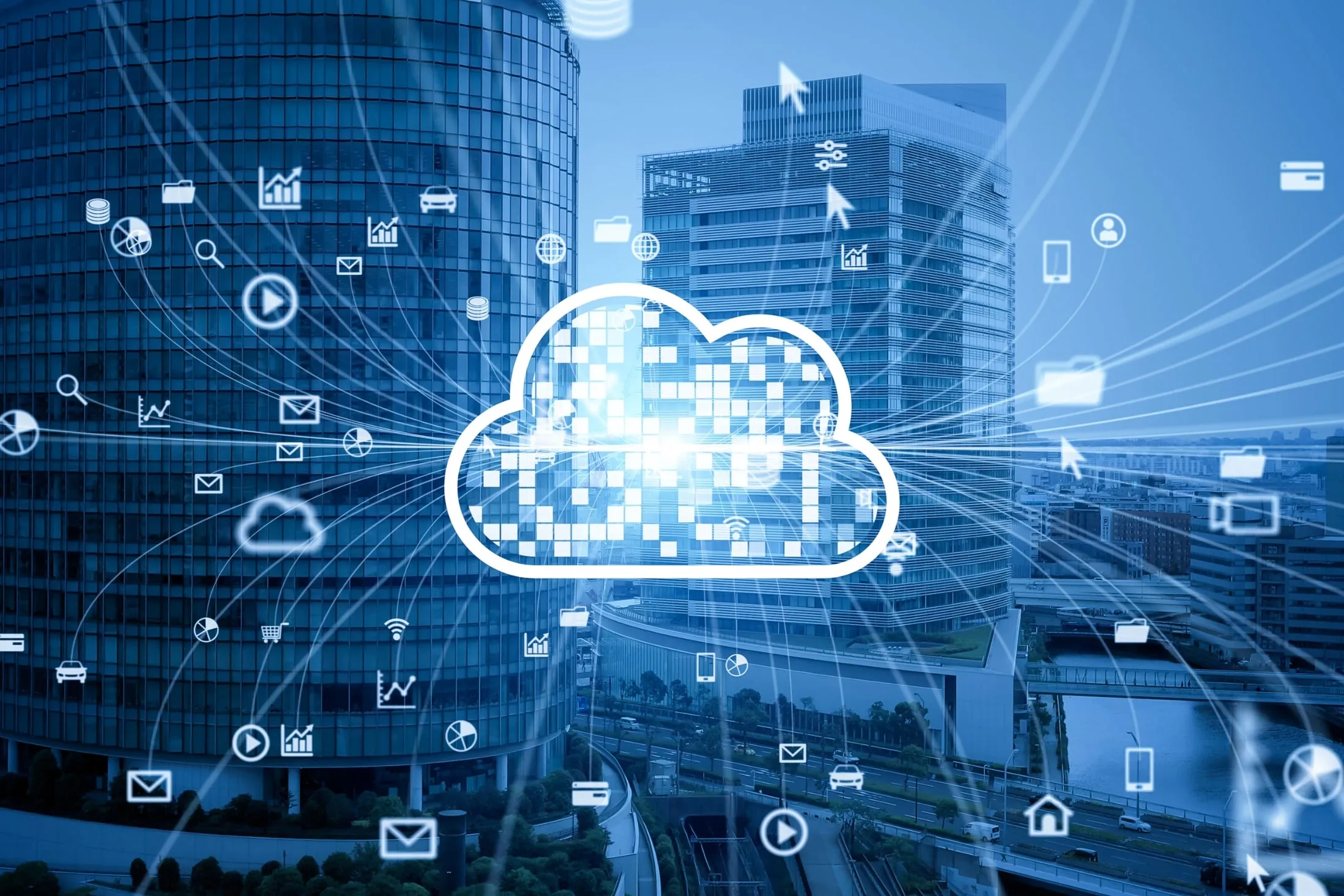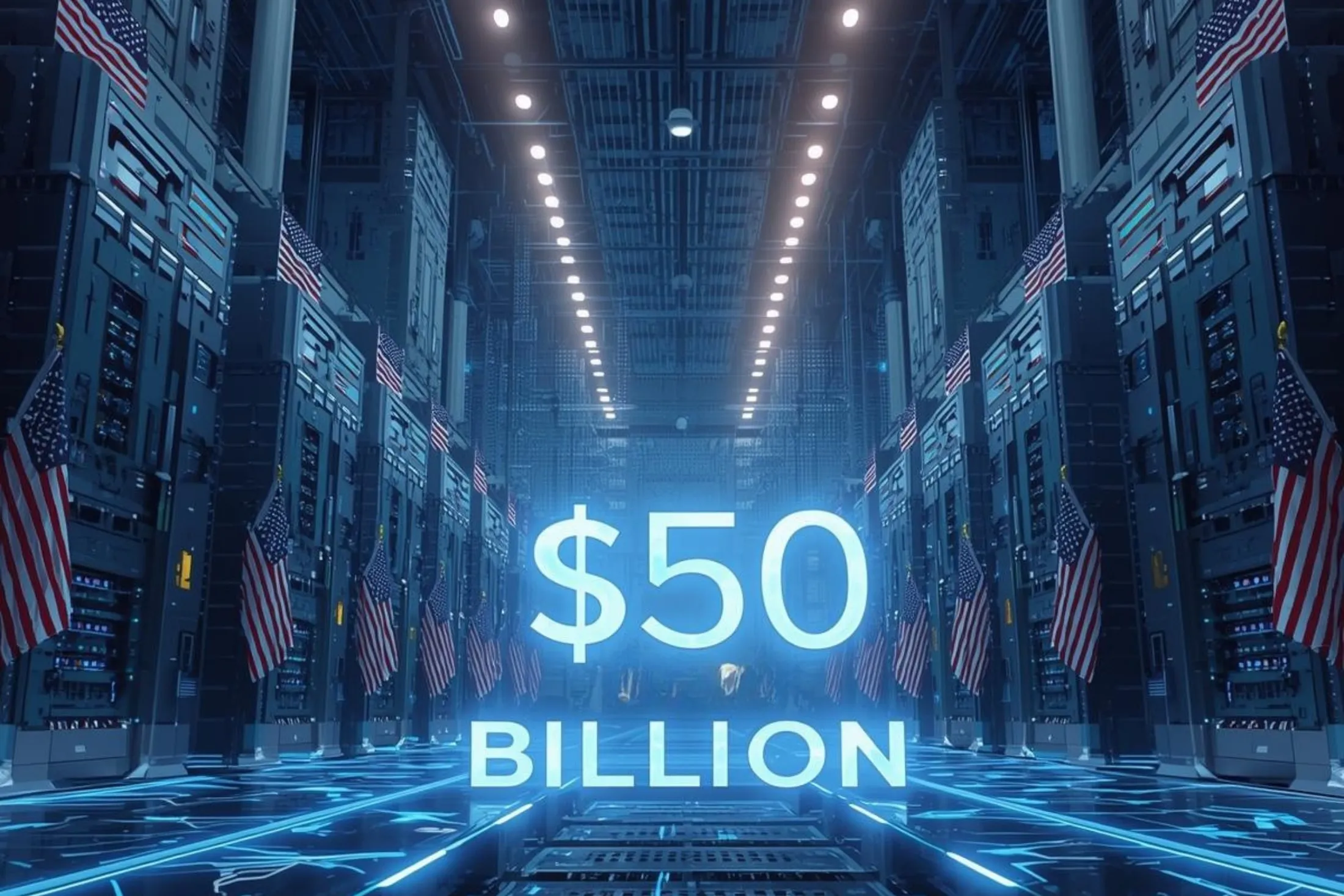Business Technology News Roundup: Nov 14, 2025
From a $50 billion AI infrastructure commitment to tech-stocks rallying on government resolution hopes, to next-gen data-centres and satellite GPU launches, here are five major U.S. tech developments during Nov 10-14, 2025.
The week of November 10–14, 2025 delivered a powerful mix of strategic announcements, infrastructure bets and market shifts in the US technology sector. From multi-billion-dollar AI and data-centre ventures to stock-market reactions to political events, to pioneering tech in orbit the signals are clear: the tech landscape is evolving rapidly and strategically. Below are five standout stories, each with nuance and implication for technology decision-makers, consultants and business leaders.
Stories

Industry research published on November 10 signals a strategic turning point for cloud adoption. After a decade of aggressive cloud expansion, businesses are now shifting focus toward cost control, optimization, and reducing multi-cloud complexity a trend accelerated by rising cloud prices and AI-driven compute demands.
Among the key findings:
Many organizations are overpaying for unused compute resources.
Multi-cloud setups often create hidden expenses such as data-transfer fees and redundant services.
Inflation and energy costs are forcing cloud providers to raise prices, increasing pressure on IT budgets.
CIOs are prioritizing governance, observability, vendor negotiation and workload rationalization.
For tech consultancies, this marks a major demand cycle: cloud audits, cost-optimization services and environment rationalization will dominate conversations throughout 2026. Businesses adopting a proactive cloud-finops strategy will be better positioned to navigate rising compute costs and avoid budget shocks.

A new S&P Global Ratings report released on November 12 highlights an unexpected beneficiary of the AI revolution: U.S. credit strength. According to the agency, skyrocketing investment in AI data centers combined with rising electricity demand is improving outlooks for utilities, infrastructure companies and even state-level credit ratings.
The report notes that companies winning large AI-compute contracts enjoy long-term revenue visibility, making them more financially resilient. Meanwhile, regional energy providers are seeing increased demand as new hyperscale data centers come online, producing stable cash flows that strengthen their credit fundamentals.
This analysis reinforces the view that AI is no longer just a technological shift it is a macro-economic force, reshaping everything from municipal electricity grids to corporate financing strategies.
For CIOs and enterprise planners, the S&P findings suggest that data-center expansion could influence technology procurement cycles, long-term budget planning and even corporate financing decisions tied to AI deployment.

In a milestone that blurs science fiction and modern engineering, U.S. startup Starcloud successfully launched its first GPU-powered orbital data center prototype into space via SpaceX in early November. Roughly the size of a household refrigerator, the satellite houses GPU hardware designed to run AI inference tasks and high-compute workloads using abundant solar power and the natural cooling benefits of space.
This is the first commercial experiment to test how AI processing performs in microgravity and low-earth orbit. The satellite will spend several months evaluating latency, compute reliability and power efficiency, with researchers exploring whether orbital compute could one day supplement or even rival Earth-based data centers.
If successful, the implications are enormous:
Unlimited solar energy could power compute-intensive AI operations.
Natural cooling could reduce operational cost and environmental impact.
Off-planet data centers could become the next frontier for secure, distributed compute.
For now, the project remains experimental. But analysts believe that with global demand for AI compute skyrocketing and terrestrial power grids struggling under data-center expansion businesses may eventually consider orbital compute a serious long-term option.

U.S. financial markets saw significant gains on November 10, 2025, driven largely by the technology and AI sectors. The rally came as congressional leaders signaled meaningful progress toward ending the record-long U.S. federal government shutdown, which entered its sixth week earlier this month.
The S&P 500 climbed 1.5%, the Nasdaq jumped more than 2.3%, and the Dow Jones Industrial Average rose nearly 1%, marking one of the strongest market days since early fall. Tech stocks led the surge, with Nvidia rising more than 6% and Palantir soaring nearly 9%, fueled by renewed confidence in the stability of federal operations and tech procurement pipelines.
The tech industry is deeply intertwined with federal contracts from cybersecurity to cloud computing to AI-powered defense systems. As shutdown uncertainty lifts, companies anticipate restored funding flows, cleared backlogs and better visibility for 2026 budgets.
For IT leaders and consultancies, the rally is a signal: market confidence returns quickly when political risk decreases. Businesses may accelerate paused projects, revisit capital budgets and greenlight new technology initiatives once the shutdown officially ends.

In one of the largest AI infrastructure announcements in American history, Anthropic revealed plans to invest $50 billion into building multiple state-of-the-art data centers in Texas and New York over the next several years. The announcement was made on November 12, 2025, and represents a major milestone in the escalating race to secure global AI infrastructure capacity.
The new facilities will be designed to support Anthropic’s rapidly growing enterprise AI platform, which now serves more than 300,000 businesses worldwide. Partnering with infrastructure firm Fluidstack, the company expects to create nearly 800 permanent jobs and more than 2,400 construction jobs, boosting local economies while feeding the demand for advanced GPU and AI compute capabilities.
For U.S. policymakers, this investment is a strategic win. As global competition for AI leadership intensifies, expanding domestic data-center capacity becomes essential not only for economic advantage but also for national security, sovereignty and innovation on home soil.
For organizations relying on cloud compute, Anthropic’s expansion signals both opportunity and pressure. AI workloads will continue to drive demand for GPUs, electricity and high-performance data-center infrastructure, potentially raising costs and increasing competition for access. Consultancies and CIOs should expect more conversations around compute-supply strategy, workload distribution and budgeting for AI at scale.

In one of the largest AI infrastructure announcements in American history, Anthropic revealed plans to invest $50 billion into building multiple state-of-the-art data centers in Texas and New York over the next several years. The announcement was made on November 12, 2025, and represents a major milestone in the escalating race to secure global AI infrastructure capacity.
The new facilities will be designed to support Anthropic’s rapidly growing enterprise AI platform, which now serves more than 300,000 businesses worldwide. Partnering with infrastructure firm Fluidstack, the company expects to create nearly 800 permanent jobs and more than 2,400 construction jobs, boosting local economies while feeding the demand for advanced GPU and AI compute capabilities.
For U.S. policymakers, this investment is a strategic win. As global competition for AI leadership intensifies, expanding domestic data-center capacity becomes essential not only for economic advantage but also for national security, sovereignty and innovation on home soil.
For organizations relying on cloud compute, Anthropic’s expansion signals both opportunity and pressure. AI workloads will continue to drive demand for GPUs, electricity and high-performance data-center infrastructure, potentially raising costs and increasing competition for access. Consultancies and CIOs should expect more conversations around compute-supply strategy, workload distribution and budgeting for AI at scale.

U.S. financial markets saw significant gains on November 10, 2025, driven largely by the technology and AI sectors. The rally came as congressional leaders signaled meaningful progress toward ending the record-long U.S. federal government shutdown, which entered its sixth week earlier this month.
The S&P 500 climbed 1.5%, the Nasdaq jumped more than 2.3%, and the Dow Jones Industrial Average rose nearly 1%, marking one of the strongest market days since early fall. Tech stocks led the surge, with Nvidia rising more than 6% and Palantir soaring nearly 9%, fueled by renewed confidence in the stability of federal operations and tech procurement pipelines.
The tech industry is deeply intertwined with federal contracts from cybersecurity to cloud computing to AI-powered defense systems. As shutdown uncertainty lifts, companies anticipate restored funding flows, cleared backlogs and better visibility for 2026 budgets.
For IT leaders and consultancies, the rally is a signal: market confidence returns quickly when political risk decreases. Businesses may accelerate paused projects, revisit capital budgets and greenlight new technology initiatives once the shutdown officially ends.

In a milestone that blurs science fiction and modern engineering, U.S. startup Starcloud successfully launched its first GPU-powered orbital data center prototype into space via SpaceX in early November. Roughly the size of a household refrigerator, the satellite houses GPU hardware designed to run AI inference tasks and high-compute workloads using abundant solar power and the natural cooling benefits of space.
This is the first commercial experiment to test how AI processing performs in microgravity and low-earth orbit. The satellite will spend several months evaluating latency, compute reliability and power efficiency, with researchers exploring whether orbital compute could one day supplement or even rival Earth-based data centers.
If successful, the implications are enormous:
Unlimited solar energy could power compute-intensive AI operations.
Natural cooling could reduce operational cost and environmental impact.
Off-planet data centers could become the next frontier for secure, distributed compute.
For now, the project remains experimental. But analysts believe that with global demand for AI compute skyrocketing and terrestrial power grids struggling under data-center expansion businesses may eventually consider orbital compute a serious long-term option.

A new S&P Global Ratings report released on November 12 highlights an unexpected beneficiary of the AI revolution: U.S. credit strength. According to the agency, skyrocketing investment in AI data centers combined with rising electricity demand is improving outlooks for utilities, infrastructure companies and even state-level credit ratings.
The report notes that companies winning large AI-compute contracts enjoy long-term revenue visibility, making them more financially resilient. Meanwhile, regional energy providers are seeing increased demand as new hyperscale data centers come online, producing stable cash flows that strengthen their credit fundamentals.
This analysis reinforces the view that AI is no longer just a technological shift it is a macro-economic force, reshaping everything from municipal electricity grids to corporate financing strategies.
For CIOs and enterprise planners, the S&P findings suggest that data-center expansion could influence technology procurement cycles, long-term budget planning and even corporate financing decisions tied to AI deployment.

Industry research published on November 10 signals a strategic turning point for cloud adoption. After a decade of aggressive cloud expansion, businesses are now shifting focus toward cost control, optimization, and reducing multi-cloud complexity a trend accelerated by rising cloud prices and AI-driven compute demands.
Among the key findings:
Many organizations are overpaying for unused compute resources.
Multi-cloud setups often create hidden expenses such as data-transfer fees and redundant services.
Inflation and energy costs are forcing cloud providers to raise prices, increasing pressure on IT budgets.
CIOs are prioritizing governance, observability, vendor negotiation and workload rationalization.
For tech consultancies, this marks a major demand cycle: cloud audits, cost-optimization services and environment rationalization will dominate conversations throughout 2026. Businesses adopting a proactive cloud-finops strategy will be better positioned to navigate rising compute costs and avoid budget shocks.
Stay Connected: Follow NDIT Solutions on LinkedIn, for more insights and updates.
Need Expert IT Guidance? Our team of experienced consultants is here to help your business navigate the complex world of IT. Contact us today at info@nditsolutions.com or call 877-613-8787 to learn how we can support your technology needs.
See you next week for another round of essential IT news!

.webp)






